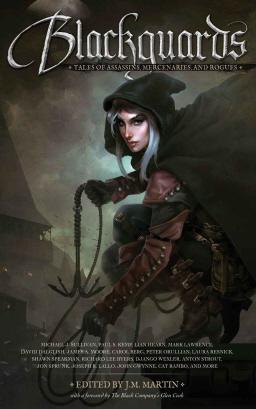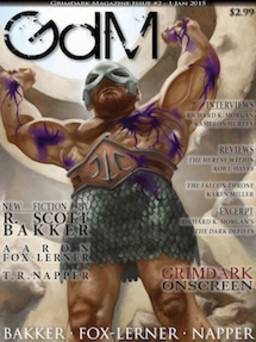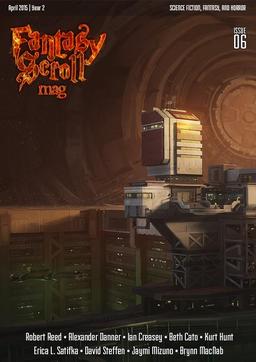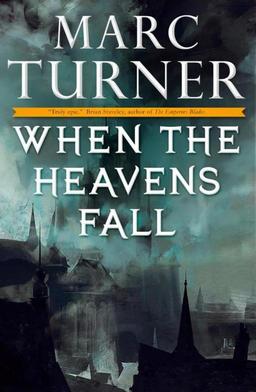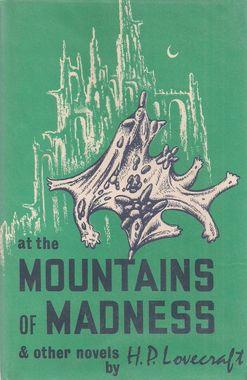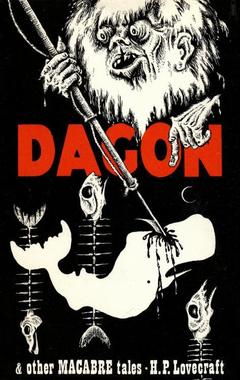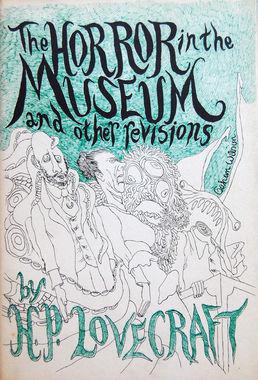See the BBC Trailer for Jonathan Strange & Mr Norrell
Susanna Clarke’s debut novel Jonathan Strange & Mr Norrell (2004) won both the Hugo Award and World Fantasy Award, and became a New York Times bestseller. The BBC announced they were adapting the book as a seven-part series staring Eddie Marsan (Ray Donovan, Filth) as Mr Norrell, and Bertie Carvel (Restless, Matilda) as Jonathan Strange late last year.
The series is set at the beginning of the 19th-century, in an England where public belief in magic has begun to die off. The reclusive Mr Norrell stuns the city of York when he causes the statues of York Cathedral to speak and move. With a little persuasion and help from his man of business Childermass (Enzo Cilenti), he goes to London to help the government in the war against Napoleon. It is there Norrell summons a fairy (Marc Warren) to bring Lady Pole (Alice Englert) back from the dead, a decision that has dark consequences…
The series begins broadcasting on BBC One on May 1st. It will air in Canada on Space, and in the United States on BBC America.
